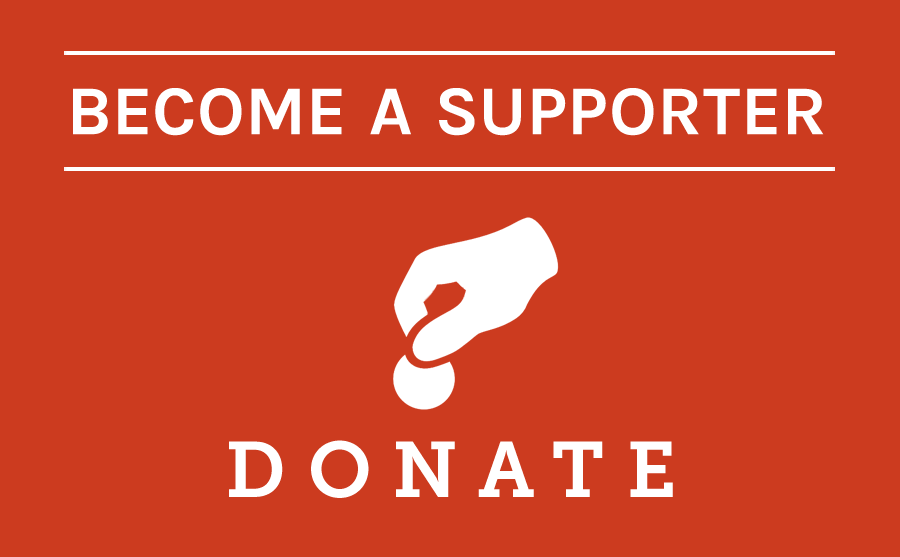Today’s Wonder of the Day was inspired by Caitlin. Caitlin Wonders, “How does dream catchers work” Thanks for WONDERing with us, Caitlin!
Yawn! Here in Wonderopolis, it’s just about time for a nap. Don’t worry, though, sweet dreams lie ahead!
Humans have long been fascinated by dreams. Some try to remember and interpret them. Others forget dreams as soon as they wake. In some American Indian cultures, people try to influence their dreams. How? With dream catchers!
Dream catchers are handmade crafts. They consist of a round hoop (often made of willow wood) woven with a loose web of yarn. They’re decorated with beads and feathers, which hang below the hoop.
Dream catchers started in the Ojibwe Nation. They have a special place in the culture’s religion. Ancient stories tell of the Spider Woman, a figure who was helpful to the Ojibwe people. When the people all lived on Turtle Island, the Spider Woman helped protect them. As they moved across North America, however, this became more difficult.
That’s why the Spider Woman began inspiring mothers and other female family members to make dream catchers. These woven webs look a bit like those a spider makes. The dream catchers served to protect children from bad dreams and thoughts. Over time, dream catchers caught on with many other American Indian peoples.
How exactly do dream catchers . . . well, catch dreams? Some say good dreams pass through the web. They float down the hanging beads and feathers to sleeping children. Bad dreams, however, are caught in the web. As the first rays of the morning light hit the dream catcher, the bad dreams disappear. Children sleeping under a dream catcher are thus said to be protected from nightmares.
Others interpret the dream catcher’s function in a different way. They say instead that bad dreams pass through the holes in the web and exit out the nearest window. The good dreams, on the other hand, get caught in the web. They slide down the beads and feathers to the sleeping child below.
However dream catchers are believed to work, their underlying meaning and symbolism remain the same. They serve a protective purpose. Those who believe in dream catchers say that they act as a filter for dreams. They send good dreams to the sleeper and the bad dreams away.
Traditional dream catchers are made with eight points where the web attaches to the hoop. These eight points represent the eight legs of a spider. The spider symbolizes energy, wisdom, and learning. For some American Indians, dream catchers have a broader meaning. They are totems that represent good energy and help to neutralize bad energy—whether you’re awake or asleep!
Have you ever slept beneath a dream catcher? If you’re part of an American Indian nation, maybe you’ve even made your own! If not, it’s always important to learn about and value the significance of items like dream catchers. They’re an important part of cultures that have existed for thousands of years.
Standards: CCRA.L.3, CCRA.L.6, CCRA.R.1, CCRA.R.2, CCRA.R.4, CCRA.R.10, CCRA.SL.1, CCRA.W.4











Jimima
DreamCatcher.ltd
Addison yates
Dreamie
someone
Taina Zakura
dna
Layla
Evelyn Juarez
montanna
Angel
Derek
lOL MAN 101
Anon
Zion
Jayden
Adriel Grenald
Zion
August Polman
hunter.lynn
cason
hunter
parrot Woman
Karen s.
Parrot
Elle
Alexis
Katelyn J.
Alex
Person
Robert Commanda
lendo
a fabulous five
al again!
Elle
Britney101
Al
Esau
Wonderopolis
spirtclown
Wonderopolis
sparkel shimmer
zechariah h
Wonderopolis
Joe
Wonderopolis
Lydia
Wonderopolis
Sophie
Wonderopolis
Helena
Wonderopolis
Carlos a.
Wonderopolis
Julie
Wonderopolis
Helena
Wonderopolis
Charlie
Wonderopolis
rahul
Wonderopolis
TJ
Wonderopolis